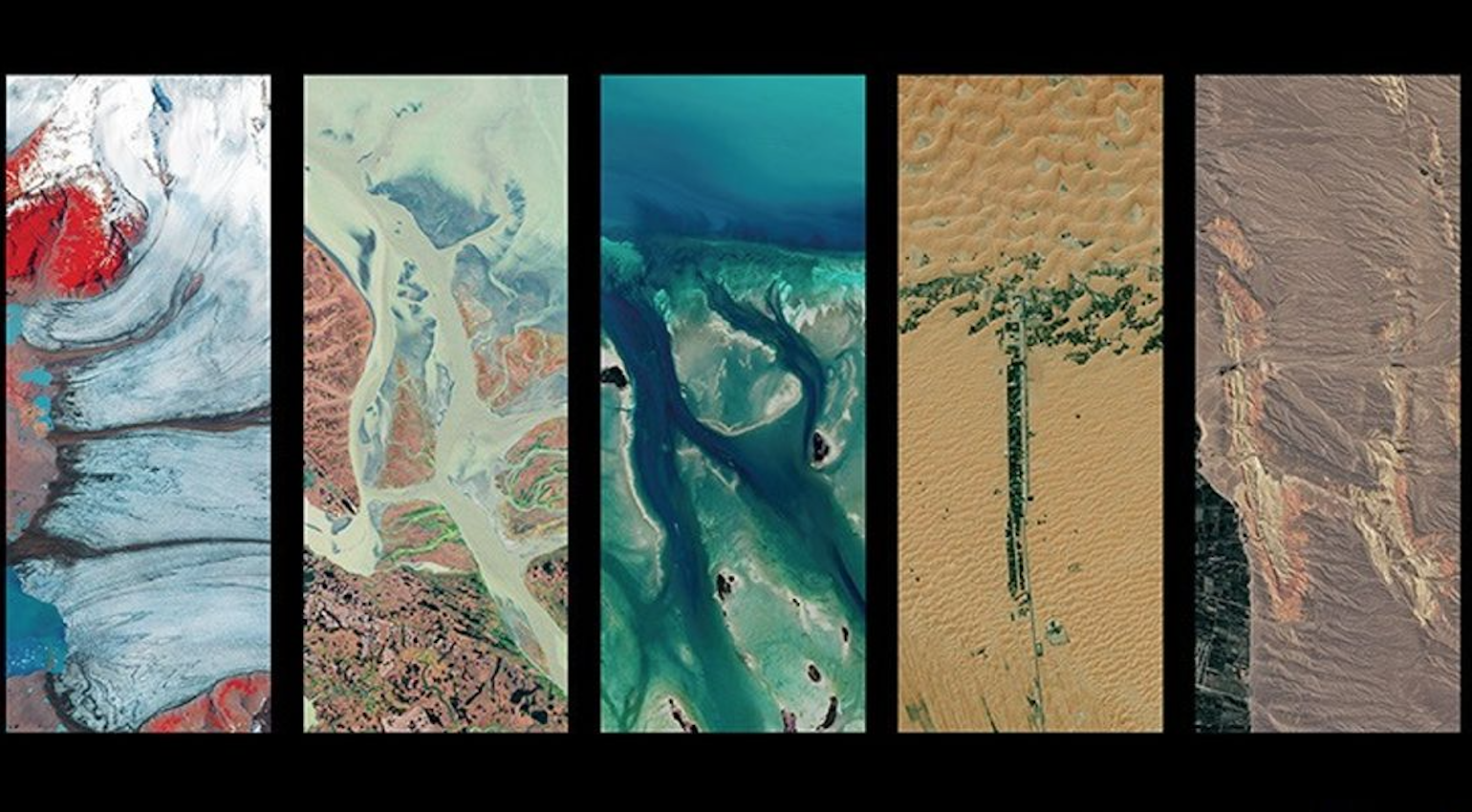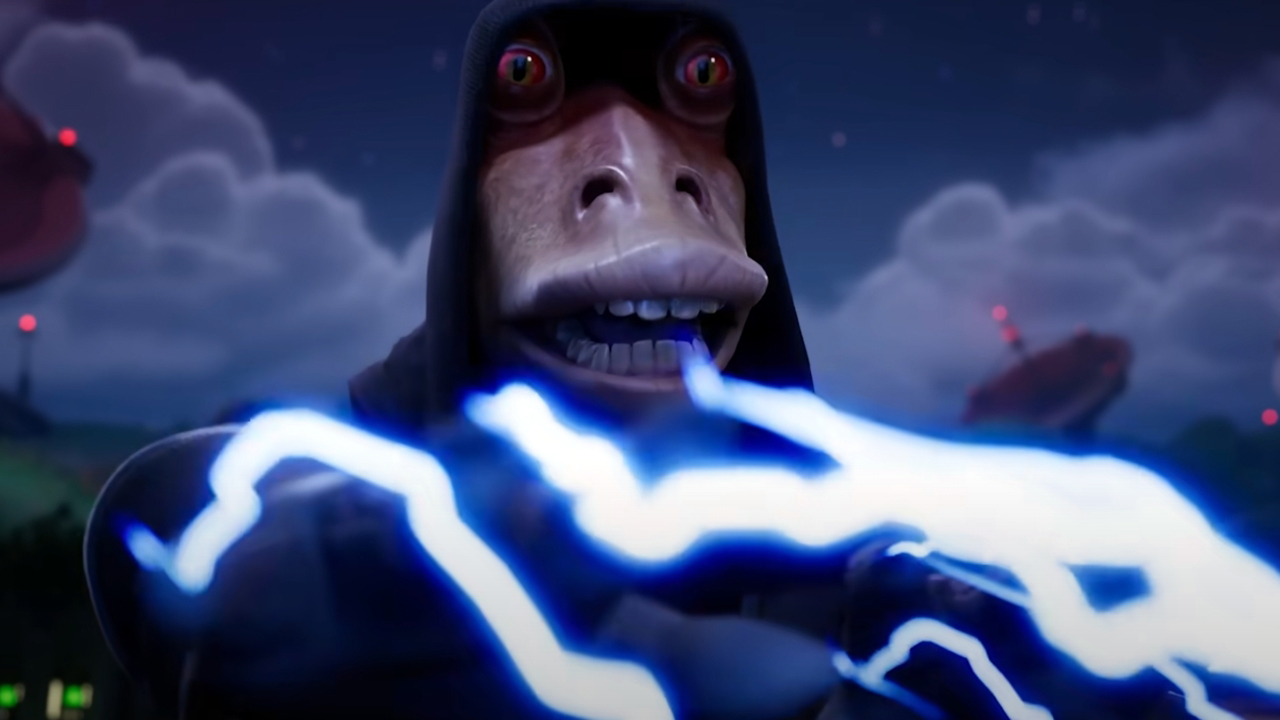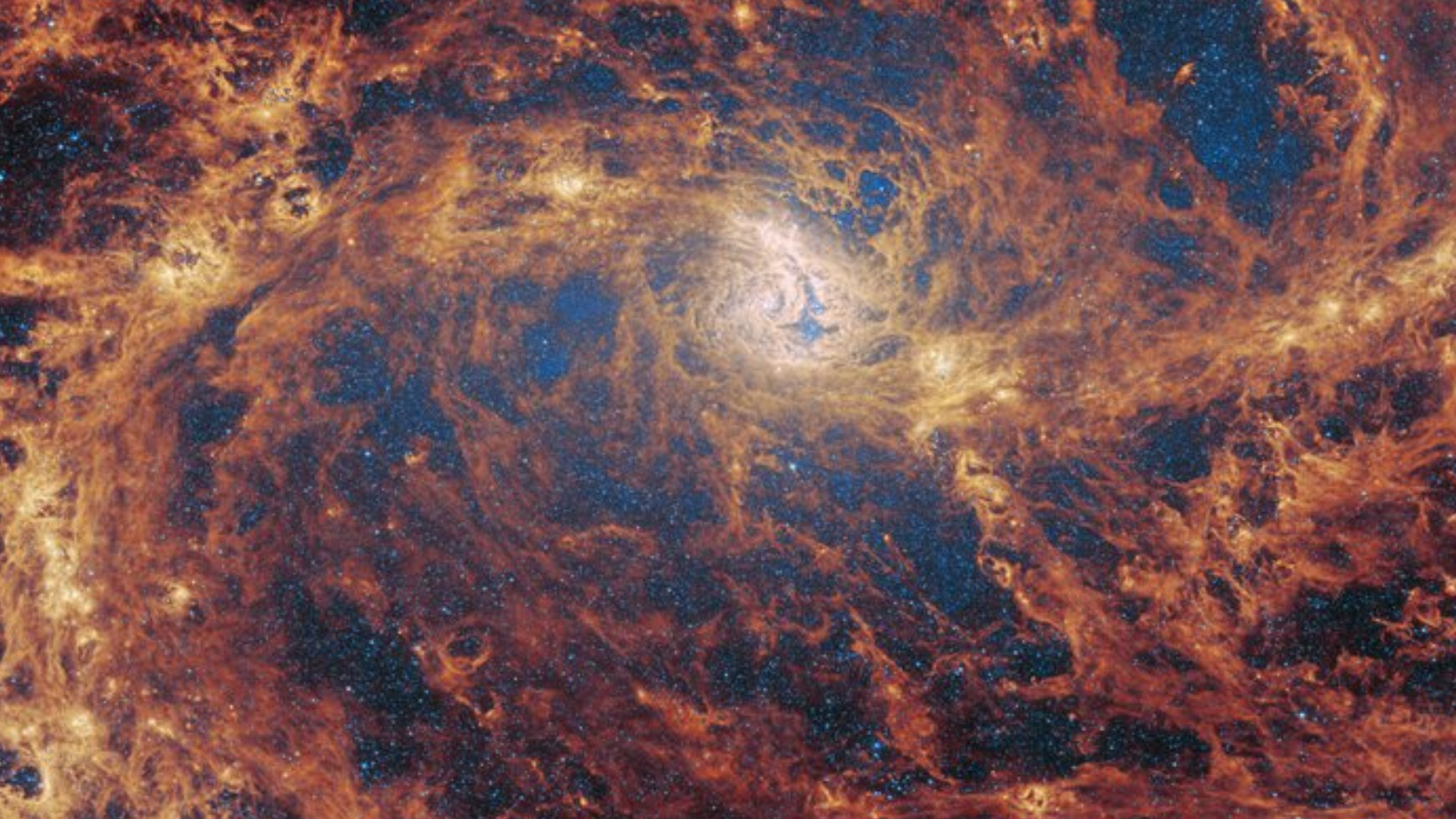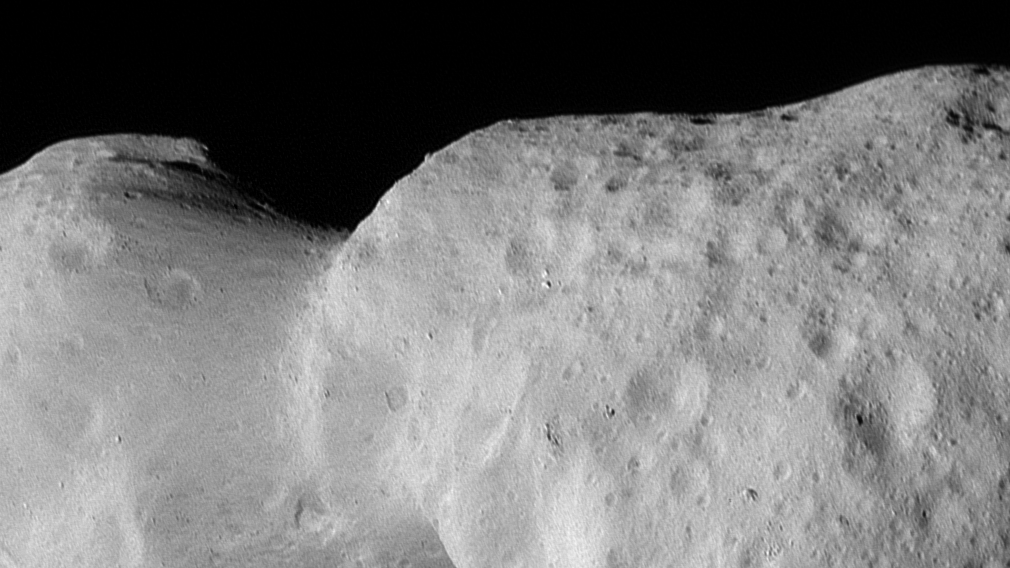
Mice of Mars: Rodents Pave Way to Red Planet
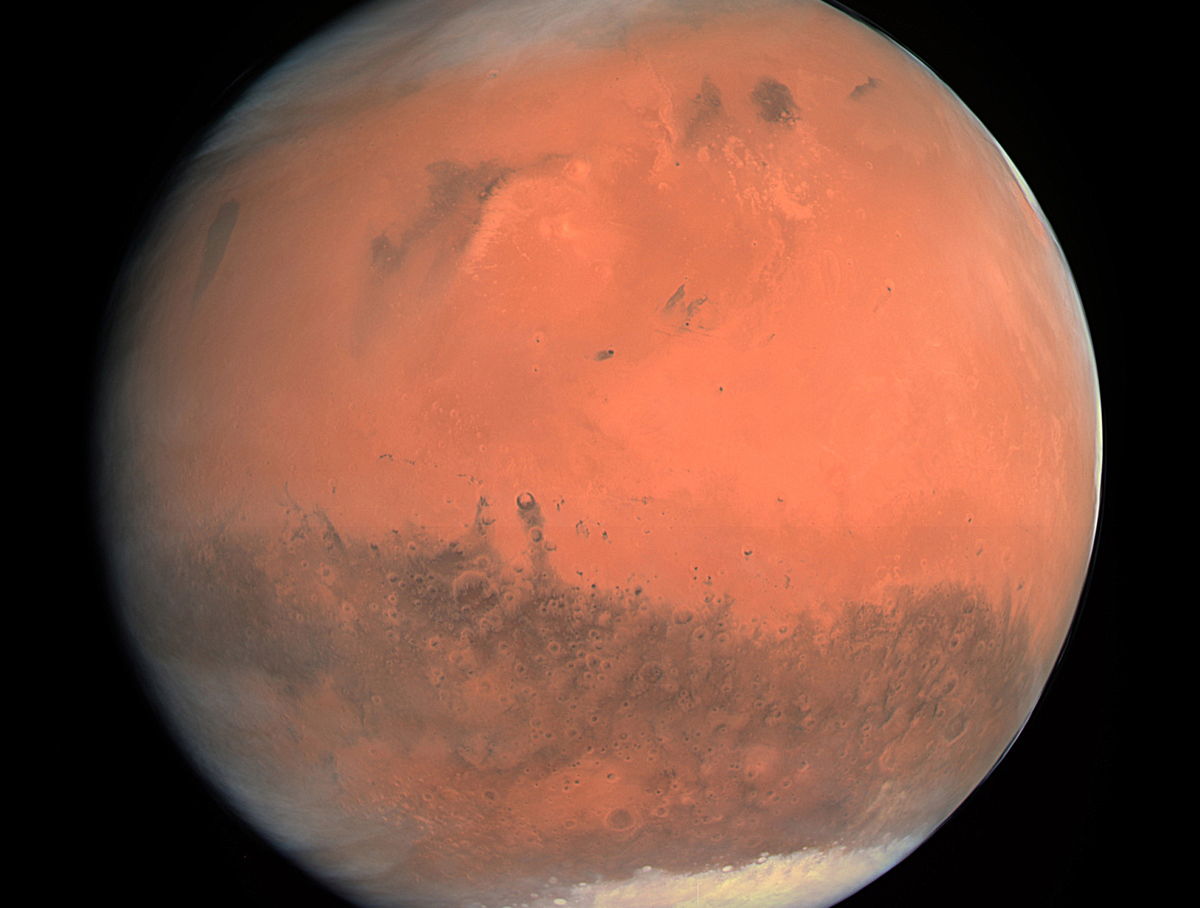
Ella Jameson is a writer and blogger with content on the Huffington Post, JustLuxe and other publications. She contributed this article to Space.com's Expert Voices: Op-Ed & Insights.
Humans have launched themselves into orbit. They've landed on the moon. They've built habitable space stations that orbit the Earth. The next giant leap for mankind is to reach another planet — specifically, Mars.
The problem is, it's no easy task. The planet is 586 times further away from Earth than the moon, and it'll take around 180 to 220 days to reach Mars, depending on where each planet is in its orbit. Such long periods in space have suggested a whole host of potential health problems, including hormonal changes, skin conditions, and muscle and bone deterioration.
Here's where some furry friends come in. A wide range of animals have been in space, from fruit flies and spiders to cats, dogs and even geckos. Such experiments began as far back as the late 1940s in initial tests to see if living things could withstand the extreme g-force of a rocket launch.
The rise of the astromice
Mice continue to play a critically important part in space experiments, mainly because the animals make excellent test subjects. They're small, which makes them inexpensive and easy to care for. In addition, their size and short life span make it possible to do the equivalent of several human years of tests in a much shorter time. Finally, because mice are mammals, they share many common characteristics with humans in terms of genetics, biology and behavior.
Astromice have hit the headlines recently, as a team of scientists led by Betty Nusgens, professor of biology at the University of Liège in Belgium, found that mice suffered a 15 percent thinning of their skin after 91 days aboard the International Space Station (ISS).
This experiment was part of a wider NASA mission called the Mice Drawer System (MDS). The Italian Space Agency developed the facility, which allows six mice to be housed, monitored, and automatically fed and watered aboard the ISS.
Get the Space.com Newsletter
Breaking space news, the latest updates on rocket launches, skywatching events and more!
The mice were bred to ensure they were genetically similar and pleiotrophin transgenic, meaning they had a human gene responsible for bone metabolism inserted into their genome. This made the results more relevant to humans.
The mice participated in 20 separate experiments, to study such effects as:
- Osteoporosis. Microgravity has been shown to cause osteoporosis by a mechanism similar to aging. The experiment looked at brain and gonadal function changes in the mice to see if there was a correlation.
- Muscle wasting. Decreased gravity means that muscles don't have to work as hard, leading to muscle wasting in astronauts, similar to what occurs when someone is bedridden. The mice were used to test a variety of drugs that could help prevent this.
- "Space anemia." Astronauts often suffer from hemoglobin loss, leading to what has been termed space anemia. It's thought that this is caused by a combination of microgravity and space radiation, which causes red blood cells to change shape. The mice had blood samples taken before and after the mission to observe the effects.
- Neurobehavior. Previous experiments have led scientists to believe that hyper- and microgravity could lead to changes in the nervous system. The mice were observed via onboard cameras to see whether the animals showed any altered behavior during the flight.
- Heart health. The heart is a muscle just like any other, and reduced gravity means the organ doesn't have to work as hard to pump blood around the body. The mice's hearts were analyzed for signs of muscle deconditioning and loss of heart mass.
- Immune system. It's thought that microgravity affects the release of a protein called osteopontin, which regulates the amount of white blood cells in the body. Since these cells play a central role in the immune system, the result is that astronauts who spend too long in space suffer damaged immune responses. Bone and blood samples were taken from the mice to analyze the effects.
The results
Results for the 20 experiments are coming in gradually. In addition to the skin thinning experiment conducted by Nusgens and her colleagues, results have also emerged for bone strength, bone loss, oxidative stress, muscle wasting, hormones and biological function.
Perhaps one of the most interesting results was the effect that microgravity had on reproductive organs. The mice showed severe degeneration of the testicles after the flight, with some males losing almost all of their sperm; this could have severe implications for any future plans to colonize another planet.

The problem, unfortunately, was that three of the mice died during the mission, which makes it difficult to glean any statistical significance from the results. However, it was still the longest experiment ever conducted on mice in space, and according to Nusgens, the experiment was important for future space missions. [Yearlong Space Missions Will Present Physical and Mental Challenges]
"Our results can be considered as a warning signal to space program policy makers to perform clinical investigations on the astronauts' skin to evaluate a potential weakening. This has been made on one astronaut [Thomas Reiter], who showed some dermal atrophy by echography."
Nusgens is currently planning a follow-up experiment on the ISS, which will look at the impact of microgravity on bone cell strength.
Meanwhile, Elon Musk's space exploration company, SpaceX, recently launched 20 mice to live for 30 days in a brand new NASA rodent habitat aboard the ISS. The results of that experiment are yet to be released, but it's clear that mice continue to play an important role in the ongoing quest to conquer the final frontier.
Follow all of the Expert Voices issues and debates — and become part of the discussion — on Facebook, Twitter and Google+. The views expressed are those of the author and do not necessarily reflect the views of the publisher. This version of the article was originally published on Space.com.
Join our Space Forums to keep talking space on the latest missions, night sky and more! And if you have a news tip, correction or comment, let us know at: community@space.com.


